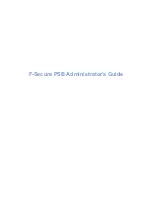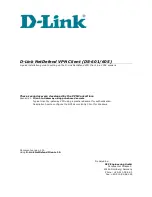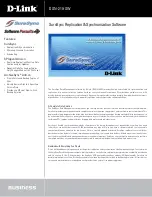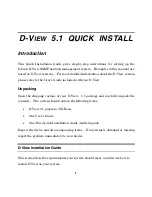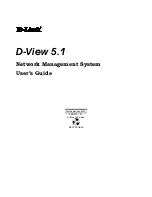
The OneCommand Utility User Manual
Page 25
Configuring Discovery
Automatic Fibre Channel Discovery
Adapters that have a physical FC connection to the same SAN are discovered automatically when the
OneCommand Manager application is launched. Adapters that don't have a physical FC connection to
the SAN where the OneCommand Manager application is launched can be discovered by sending
management requests to the remote host using TCP/IP.
Figure 6: Discovery Information
Remote SAN Management Using TCP/IP Access Protocol
You can discover adapters on TCP/IP hosts and on hosts configured to support the CIM interface.
Remote SAN management over TCP/IP sends remote management requests using TCP/IP access
protocol to remote hosts. TCP/IP access enables you to access adapters via their host IP-address or by
the name of the host on which they reside. Since adapters can exist on a host but not be a part of a FC
network, they do not appear during normal FC discovery. Thus, TCP/IP access enlarges the number of
adapters that can be queried or modified.
Note: The OneCommand Manager application can only discover and manage remote
adapters on hosts running the OneCommand Manager application’s remote
management server. Remote FC capabilities of the OneCommand Manager
application are subject to fabric zoning. Hosts you want to discover and manage
using the OneCommand Manager application must be in the same zone or
discovered and managed through TCP/IP access.
Note: After adding an adapter to a running Windows system (commonly called a hot plug),
click Discovery Refresh (
) or restart the OneCommand Manager application to
display the new adapter port in the discovery-tree. Hot plug is only supported by the
OneCommand Manager application on Windows platforms.
Note: VMware ESX Server 3.5 does not suppport in-band management or LP21000 series
adapters.































